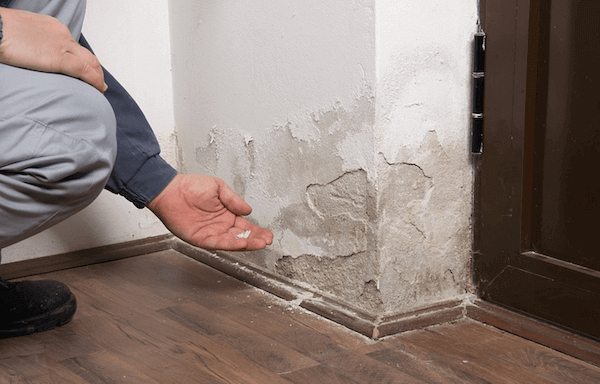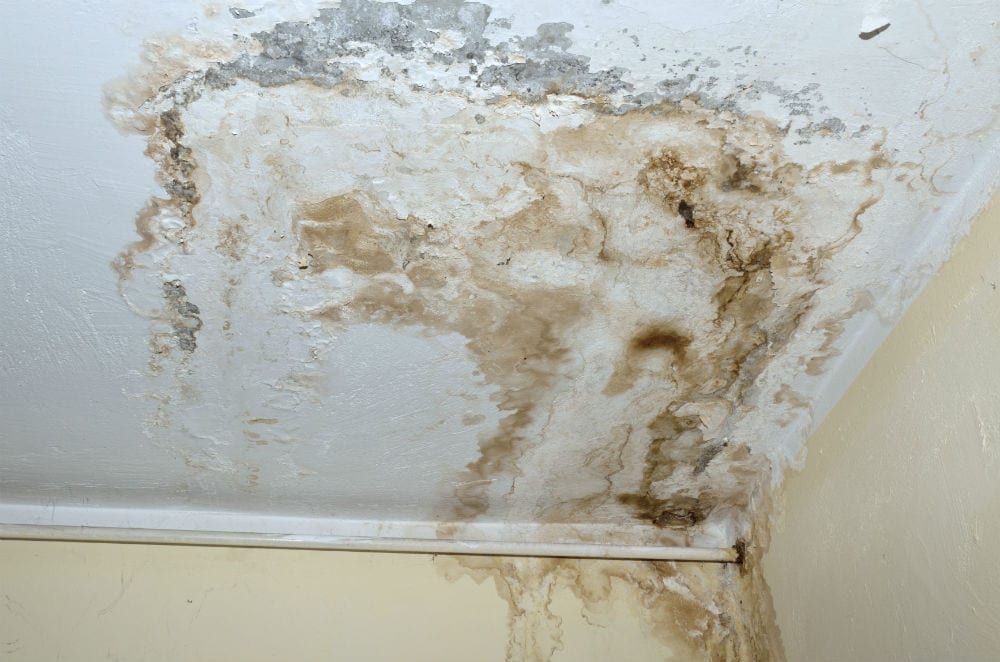Do's & Don'ts of Water Restoration.
Do's & Don'ts of Water Restoration.
Blog Article
Here in the next paragraph you can find additional worthwhile news around Ways to Reduce The Risk Of Fire And Water Damage.

Though water provides life, water breach on parts where it's not meant to be can cause damages. It can peel off away surface areas and also wear down the foundation if the water soaks into your framework. Mold and mildew as well as mold also grow in a moist atmosphere, which can be harmful for your health and wellness. Homes with water damage scent old as well as musty.
Water can originate from numerous sources such as tropical cyclones, floodings, burst pipelines, leakages, and drain concerns. In case you experience water damage, it would be great to recognize some safety preventative measures. Here are a few guidelines on exactly how to manage water damages.
Do Prioritize Residence Insurance Protection
Water damage from flood dues to heavy winds is seasonal. You can additionally experience an unexpected flood when a defective pipeline unexpectedly ruptures right into your residence. It would be best to have home insurance that covers both disasters such as natural calamities, and also emergencies like busted plumbing.
Don't Fail To Remember to Turn Off Utilities
This cuts off power to your entire home, stopping electrical shocks when water comes in as it is a conductor. Do not neglect to turn off the main water line shutoff.
Do Remain Proactive and Heed Climate Notifies
Storm floods can be really unforeseeable. If there is a background of flooding in your community, remain ready and also proactive. If you live near a river, creek, or lake , listen to discharge warnings. Take out valuables from the ground floor and basement, after that placed them on the highest possible level. Doing so minimizes possible home damage.
Don't Disregard the Roofing System
You can prevent rain damage if there are no holes and leaks in your roofing system. This will certainly protect against water from moving down your wall surfaces as well as soaking your ceiling.
Do Take Note Of Little Leakages
A ruptured pipeline does not take place overnight. Generally, there are warnings that suggest you have actually damaged pipes in your house. You might observe gurgling paint, peeling off wallpaper, water touches, water stains, or dripping sounds behind the walls. At some point, this pipeline will certainly break. Preferably, you need to not await points to intensify. Have your plumbing repaired before it causes massive damages.
Don't Panic in Case of a Burst Pipe
Keeping your clearheadedness is important in a time of situation. Because it will certainly suppress you from acting fast, worrying will only intensify the issue. When it concerns water damage, timing is vital. The longer you wait, the more damage you can anticipate. Hence, if a pipeline bursts in your home, promptly shut down your main water valve to cut off the source. Disconnect all electric outlets in the area or transform off the circuit breaker for that part of the residence. Ultimately, call a reliable water damages reconstruction expert for assistance.
Water offers life, water invasion on components where it's not intended to be can result in damage. Houses with water damages odor old as well as mildewy.
Water damages from flooding charges to heavy winds is seasonal. You may discover bubbling paint, peeling wallpaper, water streaks, water stains, or trickling audios behind the wall surfaces. When it comes to water damages, timing is essential.
Some Do's & Don't When Dealing with a Water Damage
DO:
Make sure the water source has been eliminated. Contact a plumber if needed. Turn off circuit breakers supplying electricity to wet areas and unplug any electronics that are on wet carpet or surfaces Remove small furniture items Remove as much excess water as possible by mopping or blotting; Use WHITE towels to blot wet carpeting Wipe water from wooden furniture after removing anything on it Remove and prop up wet upholstery cushions for even drying (check for any bleeding) Pin up curtains or furniture skirts if needed Place aluminum foil, saucers or wood blocks between furniture legs and wet carpet Turn on air conditioning for maximum drying in winter and open windows in the summer Open any drawers and cabinets affected for complete drying but do not force them open Remove any valuable art objects or paintings to a safe, dry place Open any suitcases or luggage that may have been affected to dry, preferably in sunlight Hang any fur or leather goods to dry at room temperature Punch small holes in sagging ceilings to relieve trapped water (don't forget to place pans beneath!); however, if the ceiling is sagging extremely low, stay out of the room and we'll take care of it DO NOT:
Leave wet fabrics in place; dry them as soon as possible Leave books, magazines or any other colored items on wet carpets or floor Use your household vacuum to remove water Use TV's or other electronics/appliances while standing on wet carpets or floors; especially not on wet concrete floors Turn on ceiling fixtures if the ceiling is wet Turn your heat up, unless instructed otherwise

As a fervent person who reads on Keeping Your Home Safe This Holiday Season, I imagined sharing that article was a good idea. Do you know somebody who is sincerely interested in the topic? Be sure promote it. Thanks a lot for your time spent reading it.
Report this page